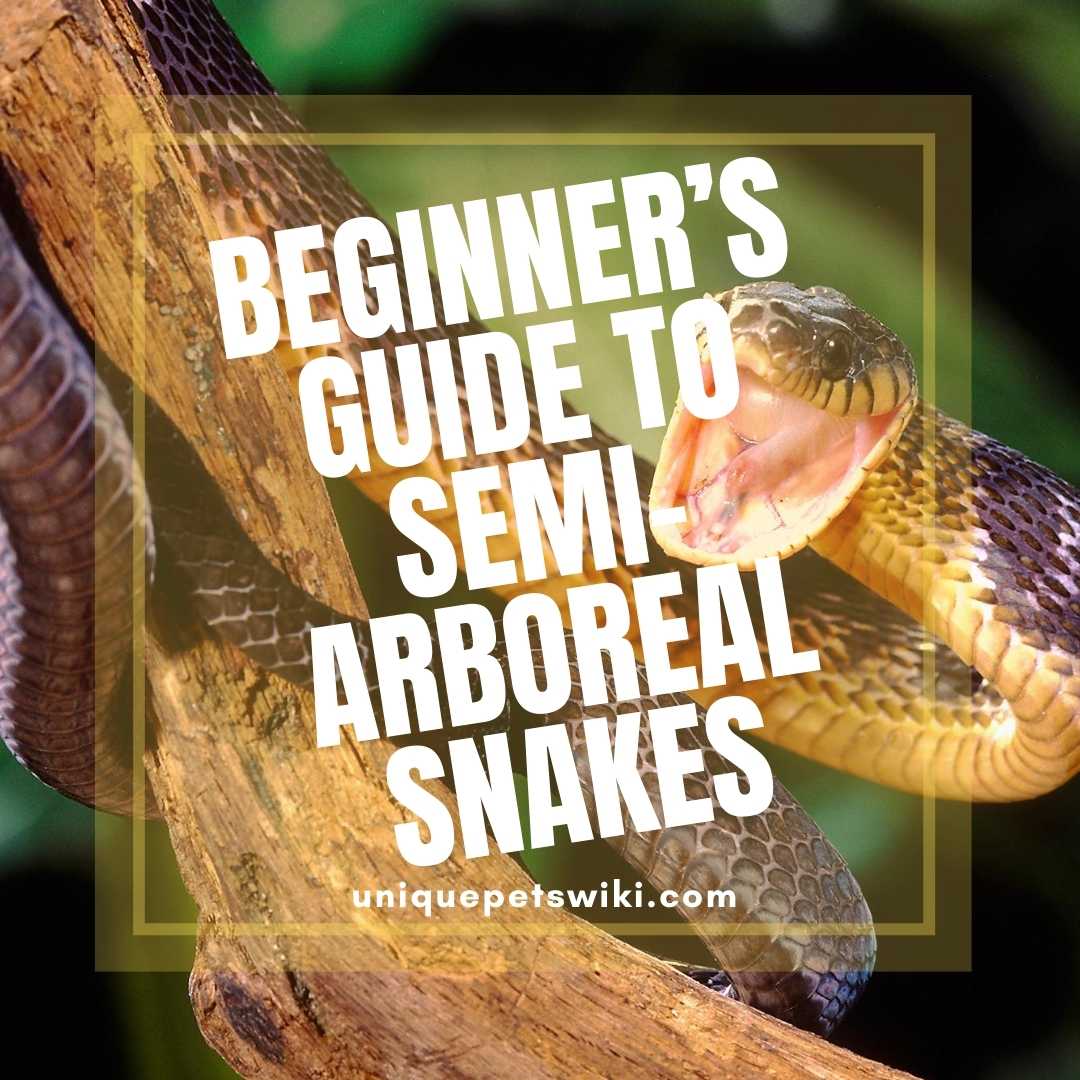Whether you’re dreaming to be a snake owner, or looking to add to your snake collection, semi-arboreal snakes are a great choice. However you might be wondering what it might take to care for these snakes. Will these snakes have special needs like feeding requirements, humidity and temperature, as well as other things?
For all your questions, concerns, and more, we got you covered. We’re going to give you an overview on how to properly care for your semi-arboreal snake. In this guide we’ll be taking a look at what semi-arboreal snakes are, what makes them special, as well as their basic needs.
We’ll be tackling the basics on feeding your semi-arboreal snake: on what food to feed them as well as what to feed them. And finally, we will also be providing you an overview of the best semi-arboreal snakes to get for beginners.
So without further ado, let us slither on and talk about semi-arboreal snakes!
Contents
What are Semi Arboreal Snakes?
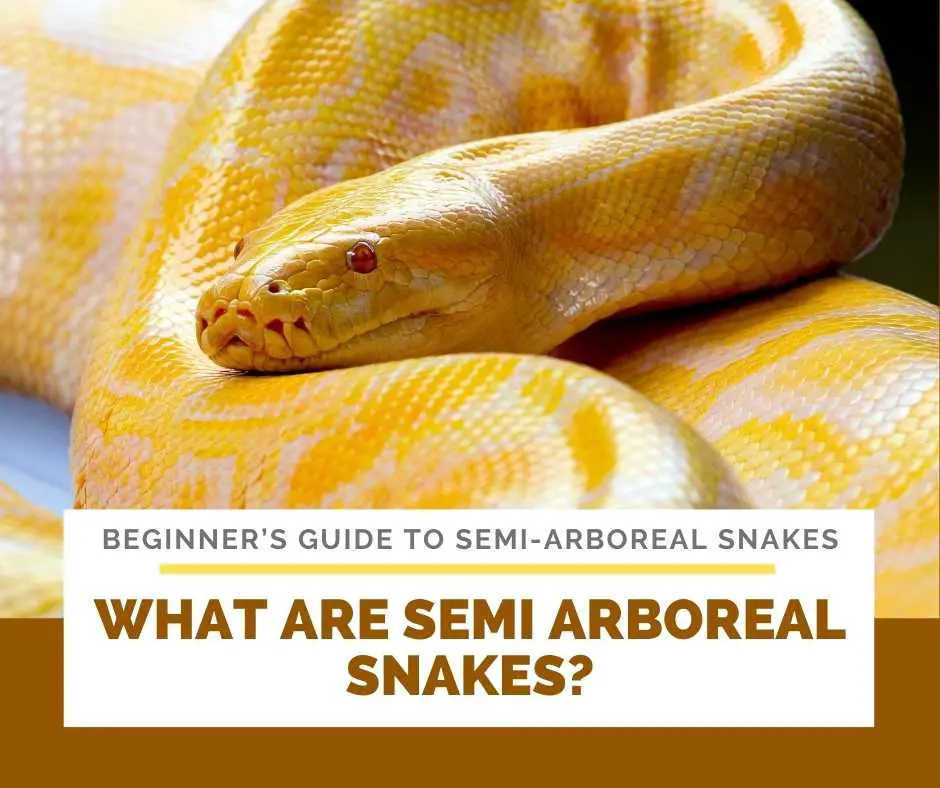
Semi arboreal snakes are a middle ground between terrestrial snakes and full arboreal snakes. As their name implies, semi-arboreal snakes are a type of snake that spend part of their lives in the trees.
Unlike arboreal snakes, however, they spend less time and the trees and do enjoy slithering on the ground and making burrows.
Semi arboreal snakes aren’t all too different from arboreal snakes when it comes to their climbing needs. Thus most semi-arboreal snakes will require branches, perches, and areas to explore and climb.
Compared to arboreal snakes, however, semi-arboreal snakes are much hardier. They are more tolerant of a variety of environmental conditions and aren’t as finicky as arboreal snakes.
You won’t be needing super high humidity or specific temperature ranges with these snakes. But of course – the usual rules and etiquette for snake care apply to these snakes.
You should always provide them ample space and room, a source of light, water and food, substrate, as well as temperature and humidity control.
If you take good care of these snakes, they can usually live up to 20 years in captivity. Thus, you should always remember to take good care and full responsibility for your snake.
Feeding Guide
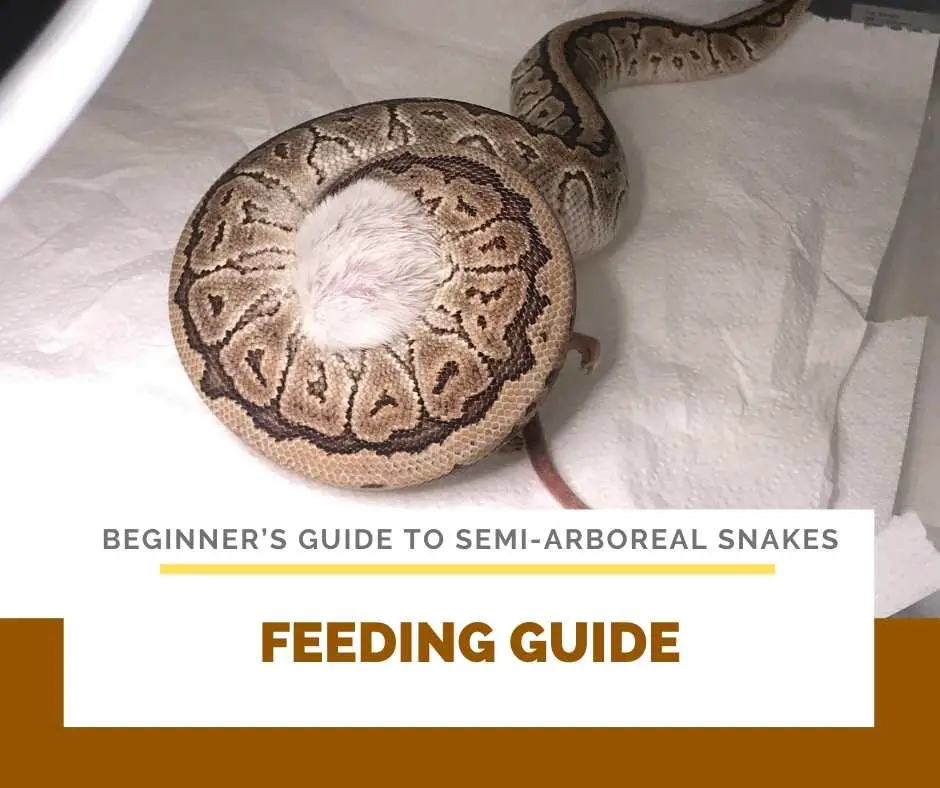
What do Semi-Arboreal Snakes Eat?
First off, if you aren’t aware snakes are carnivores. What this means that their diet consists of other animals. semi-arboreal snakes usually eat a wide range of meals – from rodents to birds, to insects.
The most common food for semi-arboreal snakes are rodents – mice and rats specifically. Mice will suffice for much smaller varieties of snakes (such as the Ball Python), but much larger snakes will prefer rats.
What is the best food to feed my semi-arboreal snake?
First of all, before you get your semi-arboreal snake, you should make sure you know suppliers for snake food. Not all pet stores will have mice or rats on hand, so you’ll have to do some research.
If you do find pet stores that sell mice or rats, make sure these are mice and rats bred for feeding snakes specifically. Specially bred mice and rats will cost much cheaper than mice or rats meant as pets!
Now the second question: do I feed my snake live or frozen food? I’d recommend you feed the snake frozen food. There’s a lot of advantages to feeding snakes frozen food over live food.
For one, feeding live food is cruel and to the unfortunate mouse or rat. And second, feeding live food can also be dangerous to your snake! The mouse or rat can get extremely stressed during feeding time and might fight back.
If it does, it can bite and injure your snake. In the worst-case scenario, the injury can lead to a fatal infection and kill your snake!
Hence why frozen food is a lot better. There’s no risk of your snake getting injured, and it’s much more humane than feeding live food. Furthermore, frozen food is easy to store – all you have to do is store it in a freezer!
How do I feed my semi arboreal snake?
Feeding your snake is a simple job. First, make sure to defrost and thaw the frozen food of choice (whether mice or rat). When thawing, make sure to thaw the food at room temperature or using warm water, but never with the microwave. Once the food is thawed, it’s time for you to present the food to your snake!
To do so, use a pair of long tweezers or tongs to hold the food. Make sure you’re holding the tail of the mouse or rat – afterwards dangle the food in front of your snake.
Some snakes prefer to have their food moving, so you can shake the food a little bit to imitate that its alive. The snake should react, smell for a bit, and eventually snap and bite onto the food. If the snake refuses to eat, not to worry, put the food away and try some other time.
For smaller snakes, you’ll probably need to feed them twice a week. Much larger snakes will require less regular feeding – probably just one large rat every one or two weeks. Because snakes digest food slowly, you won’t need to feed them as often as dogs or cats!
Semi arboreal Snakes for beginners
Check out ball python care book. This is a great book about caring for ball python – a semi-arboreal snake.
Not to become an expert on ball python care but will help you avoid the common mistake in new ball python owners.
Last update on 2022-12-29 / Affiliate links / Images from Amazon Product Advertising API
The Carpet Pythons
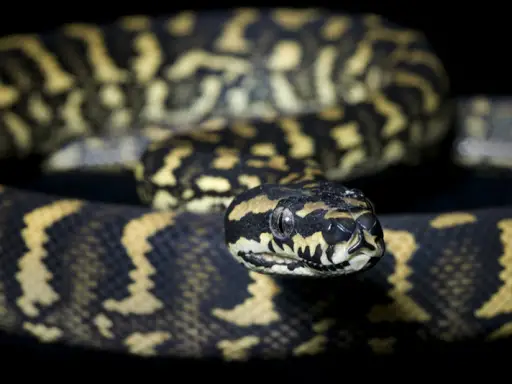
The Carpet pythons are a group of semi-arboreal snakes native to to Australia, New Guinea, and other nearby islands. Their name comes from their dazzling and gorgeous skin patterns, which are similar to the woven carpets you can find in West Asia. This variety of snakes are widely bred and available in many reptile stores, so they’re not too expensive for a beginner.
The best part about Carpet pythons is that they don’t have all too many specific requirements. They’re not finicky with the substrate in their enclosure, nor do they have any specific heating or humidity requirements.
Carpet snakes will need (at minimum) a 3 x 2 x 2 feet enclosure, alongside an elevated stick or another object the snake can climb.
Carpet pythons have mostly docile personalities, and compared to snakes are much easier to handle! Of course, always remember that your pet snake can and will bite, but compared to other varieties Carpet pythons are much safer to handle.
You can regularly carry your carpet around, and even keep it with you in the living room from time to time!
Ball Pythons
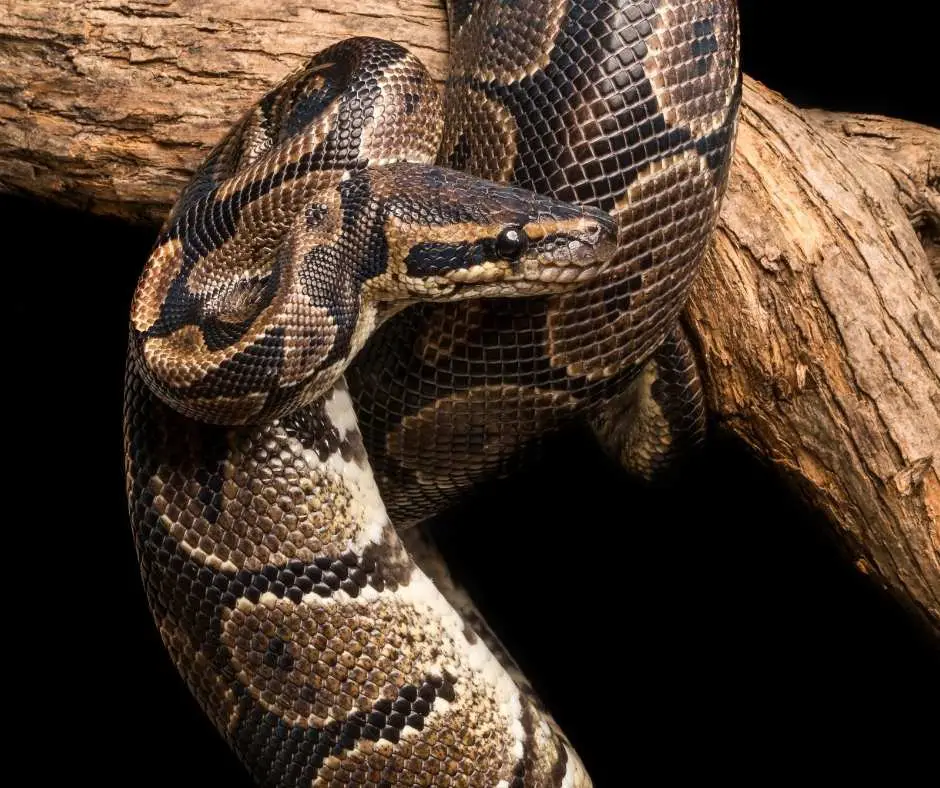
This species of Pythons are another excellent breed for beginners to start with. Ball pythons are a much smaller breed of group of snakes, with their origins based in Central and West Africa.
They are named that way because these snakes curl up into a ball when feeling stressed or threatened. Although cool to look at, if your snake curls into a ball often that’s a bad sign!
These snakes grow to a maximum size of 72 inches. Because of their smaller form, you won’t have to worry about purchasing bigger and bigger enclosures for your snake!
Compared to other semi-arboreal snakes, ball pythons don’t move or climb as much. Giving them branches and high elevated platforms to climb is highly recommended, but not as necessary. So when it comes to enclosures, ball pythons won’t have any demanding height requirements.
Egg Eating Snakes
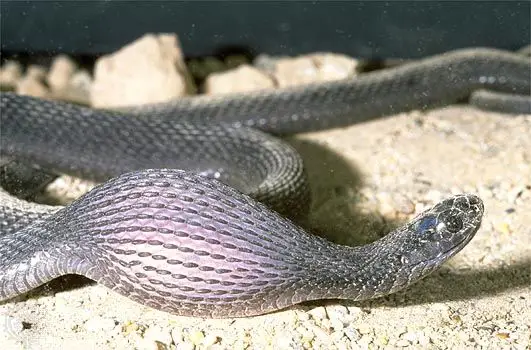
The Egg eating snakes are another general group of semi-arboreal snakes found in the Middle East and Sub-Saharan Africa. As their name implies, these eggs feed exclusively on a diet of eggs – making them much easier to feed.
Chicken eggs won’t do however, as these snakes are smaller compared to the aforementioned Ball and Carpet Pythons. Feeding egg eating snakes will require much smaller eggs such as quail, canary, or other small bird eggs.
Compared to other snakes on the list, egg eating snakes are much smaller, weighing less than a pound. Because of this, egg eating snakes are easy to handle and pet. However keep in mind that the majority of egg eating snakes are imported.
If possible, make sure to find a local breeder for Egg eating snakes – as those bred in captivity are more docile than imported ones. Finding this type of snake might require you to go either online, or attending nearby reptile shows in your area.
Although hard to acquire, egg-eating snakes make fantastic pets for beginners. This is because African egg eating snakes don’t have teeth! So most bites from this snake will be relatively harmless – though as always try to avoid getting bitten.
